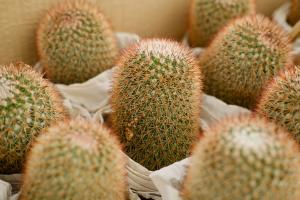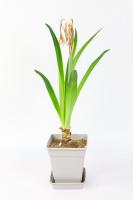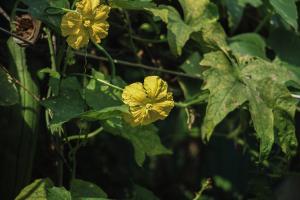What Are the Plant Zones?
If you've ever visited a nursery or browsed gardening catalogs, you may have noticed that plants are often labeled with a specific "plant zone." But what exactly does this mean? In this article, we'll explore what plant zones are, how they're determined, and why they're important for selecting the right plants for your garden.
What Are Plant Zones?
Plant zones, also known as hardiness zones, are geographic areas that are defined by their average minimum winter temperatures. These zones help gardeners determine which plants are best suited to their climate and which may struggle to survive the colder temperatures of their region. Plant zones are typically numbered from 1-13, with 1 being the coldest and 13 being the warmest.
How Are Plant Zones Determined?
Plant zones are determined by the United States Department of Agriculture (USDA) Plant Hardiness Zone Map, which is based on 30-year average minimum winter temperatures. The map divides the United States into 11 plant zones, with each zone being separated by a 10掳F difference in winter temperature. For example, Zone 1 has average minimum temperatures of -60掳F to -50掳F, while Zone 11 has average minimum temperatures of 40掳F to 50掳F.
Why Are Plant Zones Important?
Plant zones are important for several reasons. First, they help gardeners select plants that are well-suited to their climate. Plants that are not adapted to the minimum winter temperatures of a region may struggle to survive, which can result in frustration and wasted time and money for gardeners. By selecting plants that are hardy in their zone, gardeners can increase their chances of success.
Additionally, plant zones can help gardeners determine when to plant certain crops. For example, plants that are well-suited to colder climates may require a longer growing season in warmer regions in order to mature. By understanding their plant zone, gardeners can better plan their planting schedule and ensure that they're starting plants at the right time.
Finally, plant zones are important for establishing regulations around plant imports and exports. Plants that are not hardy in a specific region may be prohibited from being imported or sold in that area, in order to protect local ecosystems and prevent the spread of invasive species.
In conclusion, plant zones are a useful tool for gardeners that can help them select the right plants for their climate, plan their planting schedule, and navigate regulations around plant imports and exports. By understanding their hardiness zone, gardeners can increase their chances of success and create a beautiful, thriving garden.

 how many times do yo...
how many times do yo... how many planted tre...
how many planted tre... how many pine trees ...
how many pine trees ... how many pecan trees...
how many pecan trees... how many plants comp...
how many plants comp... how many plants can ...
how many plants can ... how many plants and ...
how many plants and ... how many pepper plan...
how many pepper plan...
































